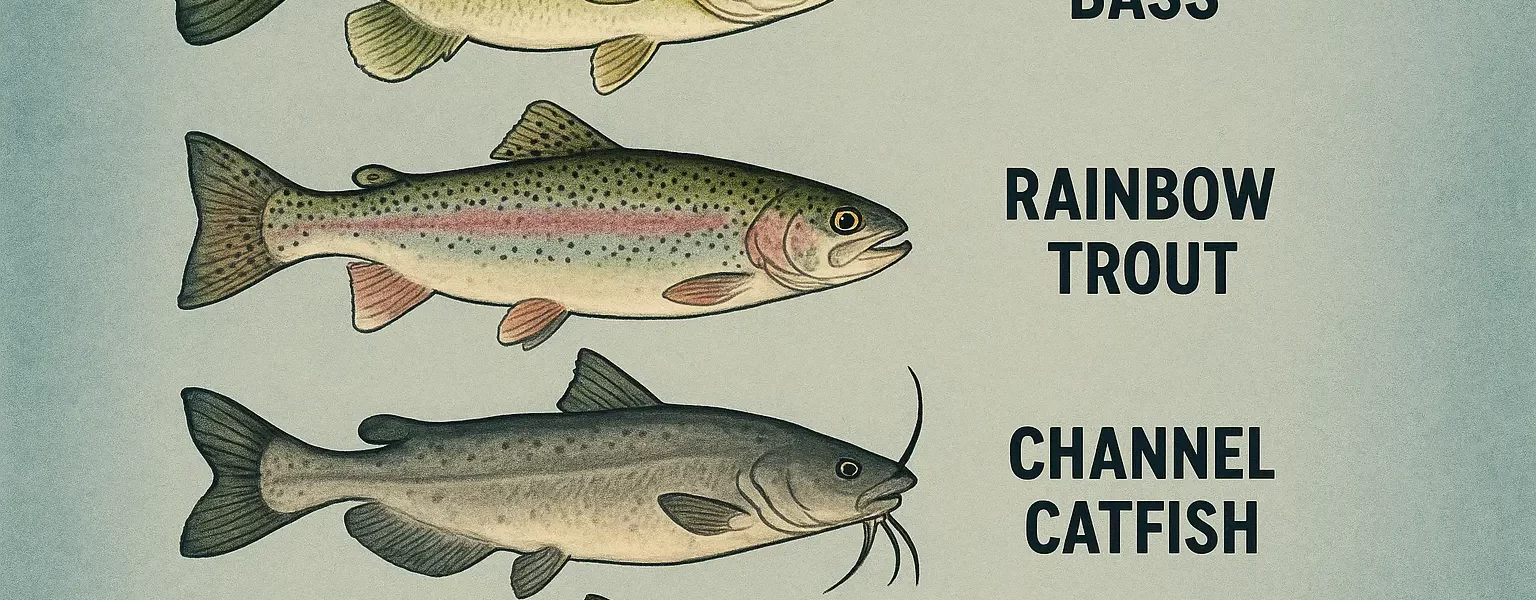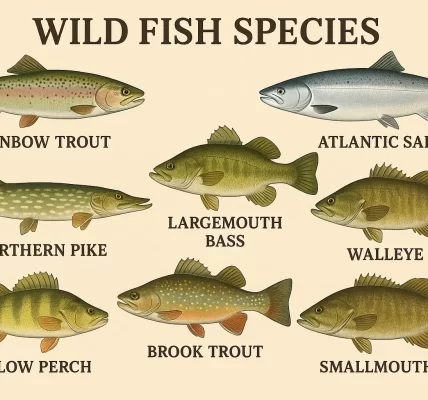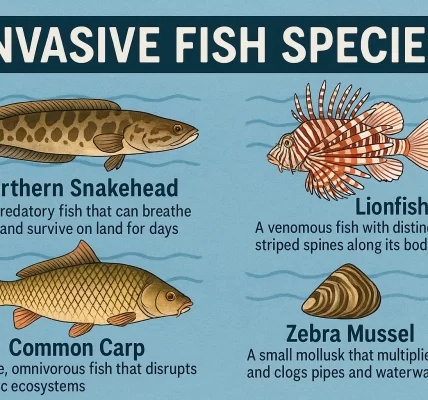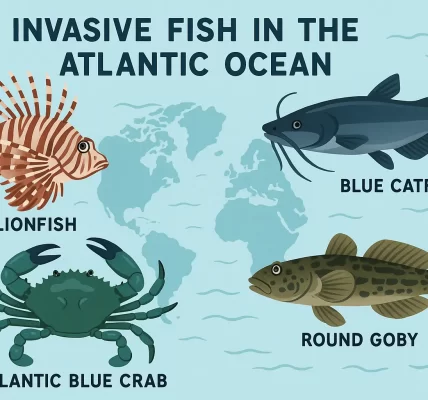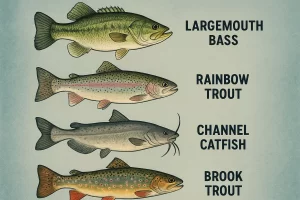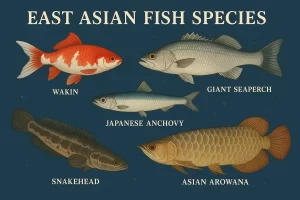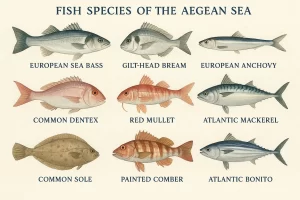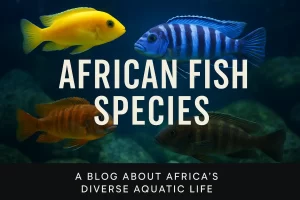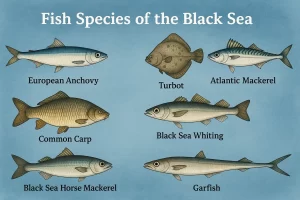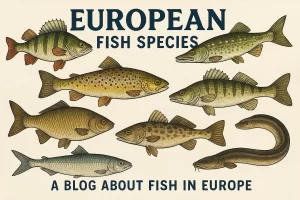American Fish Species
Discovering American Fish Species: A Diverse Aquatic World
The Americas are home to some of the richest and most diverse aquatic ecosystems in the world. From the cold streams of Alaska to the tropical rivers of the Amazon, and from the Great Lakes to the Atlantic and Pacific coasts, the continent boasts a stunning array of fish species. This guide explores the most iconic freshwater and saltwater fish across North, Central, and South America.
Overview of Aquatic Environments in the Americas
With thousands of rivers, lakes, and coastlines, the American continents offer a wide range of habitats for fish. These include cold-water mountain streams, vast inland freshwater systems, coral reefs, and deep ocean trenches.
Main Aquatic Zones
- Freshwater: Mississippi River, Amazon River, Great Lakes, Orinoco Basin
- Marine: Gulf of Mexico, Caribbean Sea, Pacific and Atlantic Oceans
Notable Freshwater Fish Species
1. Largemouth Bass (Micropterus salmoides)
One of the most popular sport fish in North America, the largemouth bass thrives in lakes, ponds, and slow-moving rivers.
- Habitat: Warm freshwater bodies with vegetation
- Behavior: Aggressive predator, often hunts at dawn and dusk
2. Rainbow Trout (Oncorhynchus mykiss)
Native to the Pacific coast of North America, rainbow trout are widely stocked and farmed for sport fishing and food.
- Coloration: Pink stripe along its side, with black spots
- Environment: Cold, oxygen-rich streams and lakes
3. Piranha (Serrasalmus spp.)
Found mainly in the Amazon and other South American rivers, piranhas are famous for their sharp teeth and carnivorous habits.
- Region: Amazon Basin, Orinoco, and surrounding tributaries
- Diet: Insects, fish, and occasionally larger prey
Common Marine Fish Species
1. American Red Snapper (Lutjanus campechanus)
Highly prized for its taste and commercial value, red snapper is found in the Gulf of Mexico and the southeastern Atlantic coast.
- Depth: Typically inhabits reefs and rocky bottoms between 30–200 feet
- Size: Can grow up to 40 inches
2. Pacific Halibut (Hippoglossus stenolepis)
One of the largest flatfish species, halibut are native to the North Pacific and are a popular target for commercial and sport fisheries.
- Size: Can exceed 400 pounds
- Diet: Crab, shrimp, and smaller fish
3. Atlantic Tarpon (Megalops atlanticus)
Known for their spectacular leaps when hooked, tarpons are often found in the warm coastal waters of the Gulf of Mexico and the Caribbean.
- Habitat: Coastal lagoons, estuaries, and shallow bays
- Game Fish Status: Catch-and-release is common due to conservation efforts
Endemic and Unique Species of South America
Arapaima (Arapaima gigas)
One of the largest freshwater fish in the world, arapaima can reach lengths over 2 meters and is native to the Amazon River Basin.
- Breathing: Uses a primitive lung to breathe air
- Status: Threatened due to overfishing
Threats to American Fish Populations
Pollution and Habitat Loss
Urban development, deforestation, and agricultural runoff have led to the degradation of important aquatic habitats, especially in the Amazon and Mississippi river systems.
Climate Change
Rising temperatures, ocean acidification, and shifting rain patterns affect migration, spawning, and food availability for many fish species across the Americas.
Overfishing
From industrial trawlers to recreational overharvesting, fish stocks like red snapper and Atlantic cod have seen significant declines in some regions.
Conservation and Sustainable Fishing Efforts
Many countries in the Americas have implemented measures to protect their aquatic biodiversity, including:
- Catch limits and size regulations
- Protected marine areas (MPAs)
- Fish hatchery and restocking programs
- Community-based conservation initiatives
Conclusion
The Americas are teeming with fish species that reflect the ecological richness of the continents. Whether it’s the fierce piranha of the Amazon, the sleek bass of North America, or the mighty halibut of the Pacific, these species are vital to the health of their ecosystems and the people who rely on them. By supporting sustainable practices and spreading awareness, we can help ensure these aquatic treasures thrive for generations to come.

